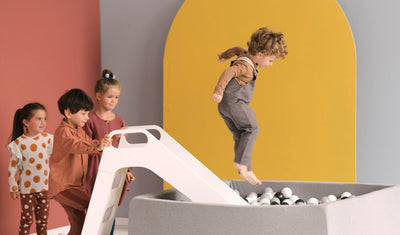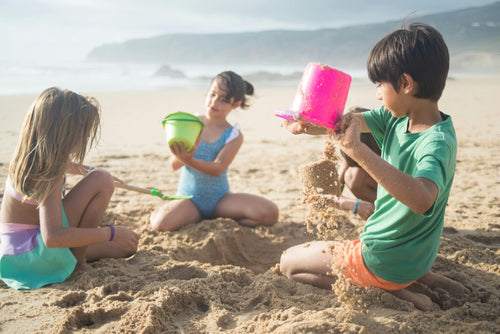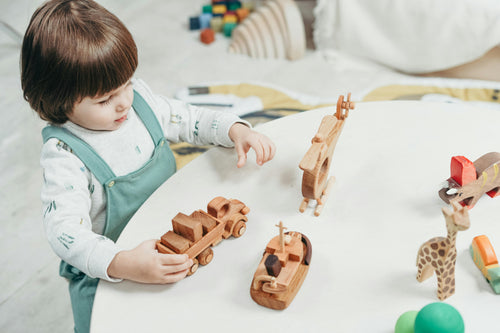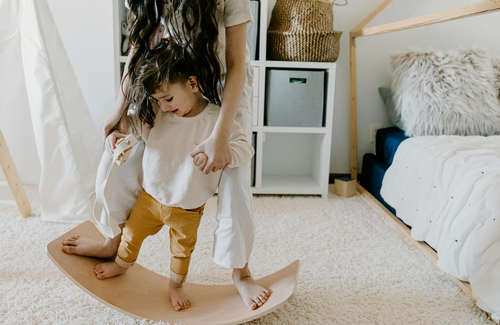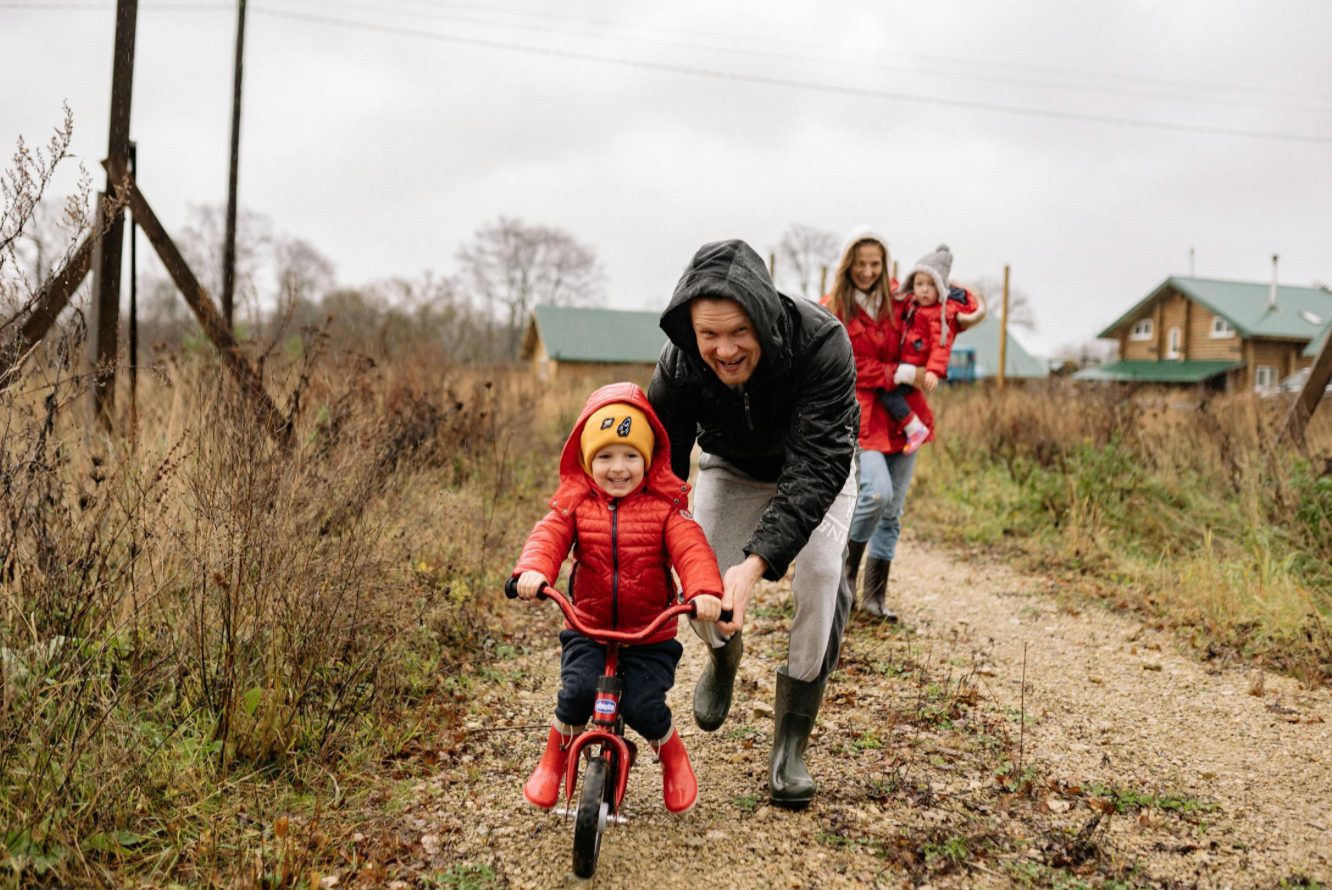
Teaching my child to ride a bike
Learning to ride a bike is an important step in a child's life, but also for their parents. It's often a milestone that marks a path to independence, confidence, and accomplishment. For the child's family, learning to ride a bike also represents a milestone, a challenge, or a mission because they need to be reassured and guided.
Cycling involves much more than just technical training; it strengthens gross motor skills, improves balance, and instills in children the values of perseverance, patience, and self-confidence. It's also a chance to experience a moment of family bonding, surrounded by nature, far from screens and the stress of everyday life.
This article guides you through the benefits of this learning, the essential steps to follow and tips for supporting your child with complete peace of mind.
A learning process that begins in childhood
A child can start cycling from a very young age thanks to the balance bike . It is a small bike without pedals that allows him to find balance naturally, by pushing with his legs, this allows him to develop his motor skills at the level of his legs and it is an important step that will allow him to be less apprehensive about balancing on a bike . It is essential that the child becomes familiar with free exploration: he learns to move, to steer his handlebars, to brake... without any pressure. The balance bike gradually improves coordination and stability, which often makes the use of training wheels unnecessary.
After this first stage, we find that of the roller bike . The child finds himself on a bigger and more impressive bike. This stage allows him to increase his self-confidence and reduce the apprehension he will have during the next stage.
The first time on a bike: an important moment
The first time riding a bike without training wheels remains a lasting memory for many children and parents. It's an unforgettable moment when a child realizes they can manage independently, move forward, steer, and balance.
Learning to ride a bike can be a long process for some children, but the outcome is always the same. Some children succeed on the first try, while others have to fall and get back up to succeed. The key is to respect their pace, value their efforts, and turn each attempt into a positive experience.
How to teach a child to ride a bike?
Teaching a child to ride a bike requires a bit of planning, a lot of gentleness, and a good dose of patience. It's important to choose a safe location: your backyard, the driveway in front of your house, or a quiet park. The space should be reassuring and free of dangerous obstacles.
The adult must give the child advice so that they use it, they must reassure them and give them confidence. The adult can help the child by holding the saddle or the back of the bike, but without holding them back for too long. The goal is for the child to feel they can ride on their own. Falls, stress, and sudden stops must be accepted. The pleasure of discovery must be prioritized over accomplishment. Every small victory is another step toward self-confidence.
The benefits of cycling for child development
Cycling is an excellent tool for a child's overall development. Physically, it strengthens muscles and improves balance and coordination. But its benefits go far beyond that:
-
It increases the child's self-confidence
-
It teaches the child to assess risks and adapt to their environment
-
It promotes autonomy and gives the child a sense of freedom
-
It allows children to develop their endurance, muscular strength and coordination
Additionally, cycling is a cardiovascular activity that promotes heart and lung health. Beyond providing fun for your child, cycling has a real impact on their health.
Teaching your child to ride a bike is considered a true rite of passage. It's a phase of growth, both physically and emotionally. It's also an adventure full of laughter, scares, and falls, but above all, progress and pride.
For the parent or adult guide, learning to ride a bike is a unique opportunity to build a strong relationship, instill principles, and celebrate the first steps toward independence. By adopting a caring approach and respecting the child's pace, this first cycling experience will become an unforgettable memory.

